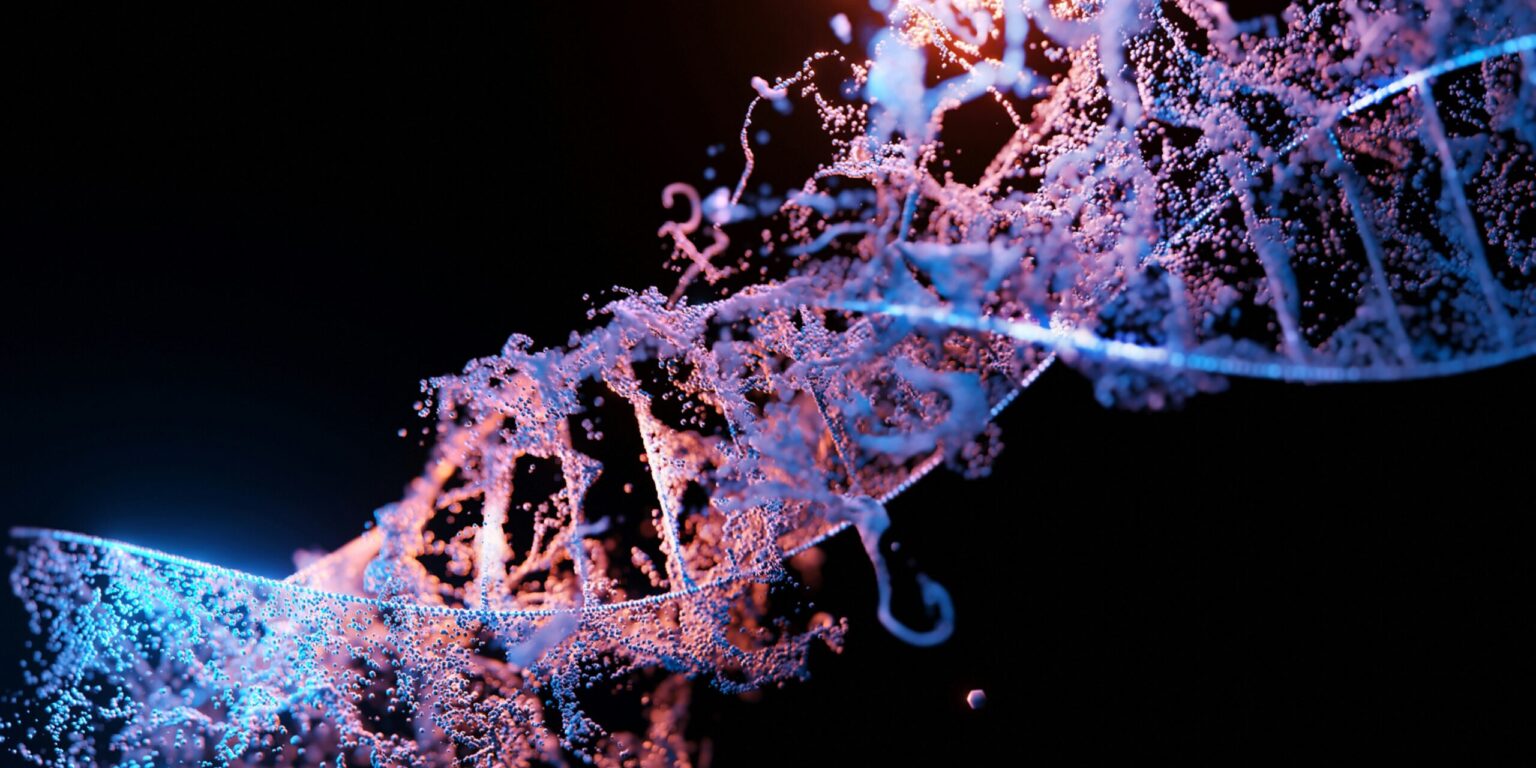In early May 2025, doctors at Children’s Hospital of Philadelphia and Penn Medicine delivered a groundbreaking medical achievement: the first successful use of a personalized CRISPR-based gene edit in a newborn suffering from severe carbamoyl phosphate synthetase 1 (CPS1) deficiency. This ultra-rare and life-threatening urea cycle disorder, identified shortly after birth in a patient known as KJ, leads to toxic ammonia buildup in the bloodstream, often resulting in neurological damage or death within infancy if untreated.
Faced with no established cure other than liver transplantation or extreme metabolic support, researchers developed a customized CRISPR therapy tailored to KJ’s specific genetic mutation. The therapy utilized a base-editing CRISPR system, delivered directly to the liver using lipid nanoparticles. This method chemically corrected the faulty DNA base in KJ’s CPS1 gene, restoring the enzyme’s function without cutting the DNA.
KJ began receiving the treatment at six months old. The early results were striking: his ability to process dietary protein improved, ammonia levels decreased, and his overall health began to stabilize. By ten months, he was meeting key developmental milestones, tolerating more protein, and requiring fewer medications. This case demonstrated that personalized, in vivo gene editing could offer an effective, targeted therapy for certain genetic disorders.
This achievement marks a significant advancement in precision medicine. Unlike previous gene therapies designed for broader patient groups, this treatment was created exclusively for one individual in a matter of months. It reflects a shift toward rapid, patient-specific interventions that could transform how rare genetic conditions are managed.
However, the breakthrough also brings important challenges. Researchers caution that long-term safety and efficacy must be closely monitored. Since not all liver cells are likely edited, and off-target effects remain a risk, KJ’s health will require ongoing observation. The cost of such personalized therapies, potentially reaching millions of dollars per patient, also raises concerns about access and scalability.
Only a small subset of genetic disorders, typically those involving single mutations in accessible organs like the liver, are currently suited for this type of therapy. Broader application will depend on further advances in delivery methods, genome editing tools, and regulatory frameworks.
Ethical considerations are also coming to the forefront. Although this treatment only alters somatic cells and does not affect future generations, its success reignites debate over the boundaries of gene editing. Experts are urging the development of policies to ensure these technologies are used responsibly and equitably, avoiding potential misuse in enhancement or non-therapeutic contexts.
Leading the therapy’s development were geneticists Dr. Rebecca Ahrens-Nicklas and Dr. Kiran Musunuru, who emphasized that this case could be a model for future personalized treatments. They envision a platform where patients with ultra-rare diseases receive rapid, safe, and targeted therapies, offering hope to families with few other options.
KJ’s case is a pivotal moment in medical history. It highlights the life-saving potential of personalized gene editing while underscoring the urgent need for ethical, regulatory, and economic structures to keep pace with innovation. As science continues to advance, this milestone provides a glimpse into a future where tailored treatments become a reality for more patients in need.
